Christopher D. Carothers
Training Deep Neural Networks with Constrained Learning Parameters
Sep 01, 2020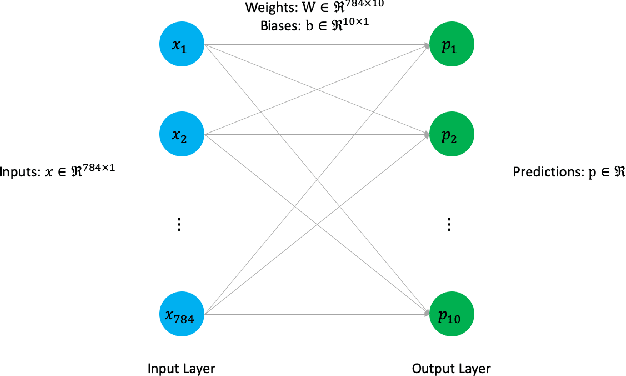
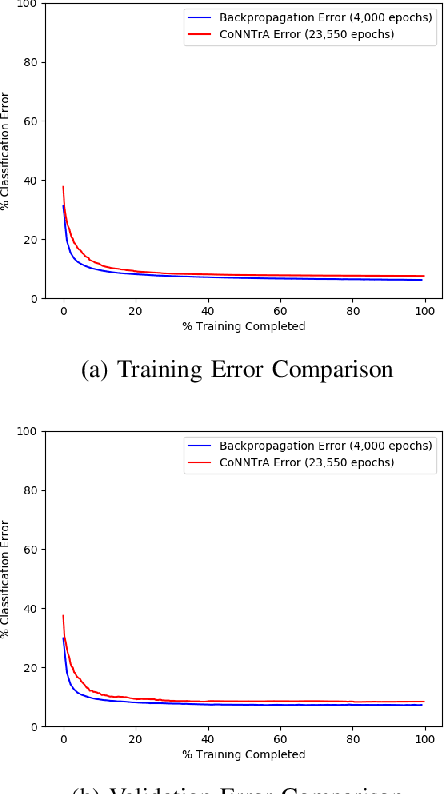
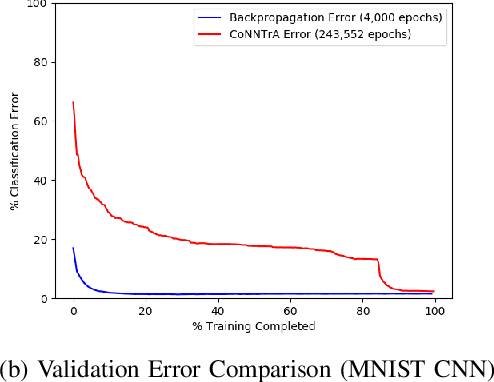
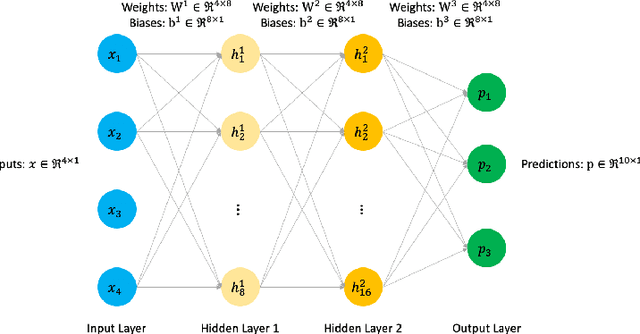
Abstract:Today's deep learning models are primarily trained on CPUs and GPUs. Although these models tend to have low error, they consume high power and utilize large amount of memory owing to double precision floating point learning parameters. Beyond the Moore's law, a significant portion of deep learning tasks would run on edge computing systems, which will form an indispensable part of the entire computation fabric. Subsequently, training deep learning models for such systems will have to be tailored and adopted to generate models that have the following desirable characteristics: low error, low memory, and low power. We believe that deep neural networks (DNNs), where learning parameters are constrained to have a set of finite discrete values, running on neuromorphic computing systems would be instrumental for intelligent edge computing systems having these desirable characteristics. To this extent, we propose the Combinatorial Neural Network Training Algorithm (CoNNTrA), that leverages a coordinate gradient descent-based approach for training deep learning models with finite discrete learning parameters. Next, we elaborate on the theoretical underpinnings and evaluate the computational complexity of CoNNTrA. As a proof of concept, we use CoNNTrA to train deep learning models with ternary learning parameters on the MNIST, Iris and ImageNet data sets and compare their performance to the same models trained using Backpropagation. We use following performance metrics for the comparison: (i) Training error; (ii) Validation error; (iii) Memory usage; and (iv) Training time. Our results indicate that CoNNTrA models use 32x less memory and have errors at par with the Backpropagation models.
A Visual Analytics Framework for Reviewing Streaming Performance Data
Jan 26, 2020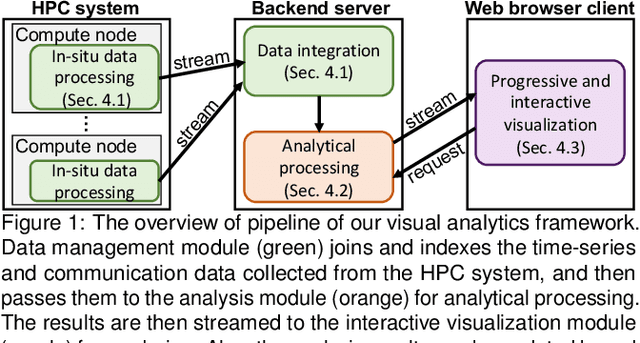
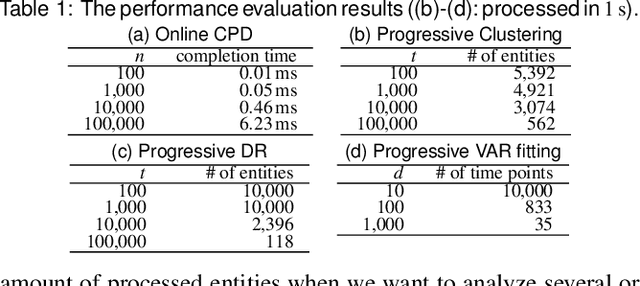
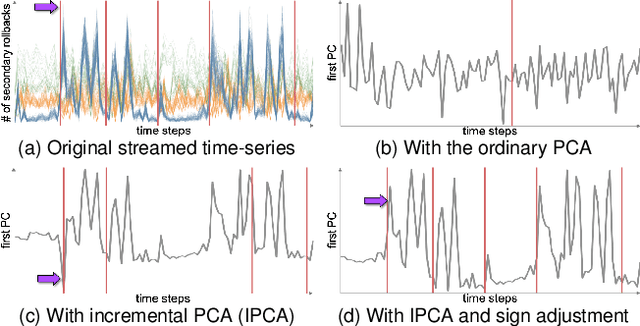
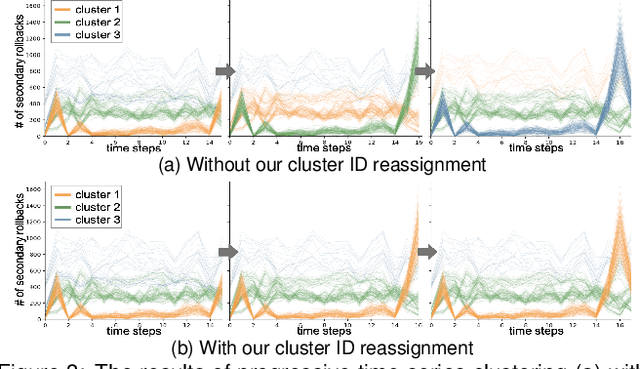
Abstract:Understanding and tuning the performance of extreme-scale parallel computing systems demands a streaming approach due to the computational cost of applying offline algorithms to vast amounts of performance log data. Analyzing large streaming data is challenging because the rate of receiving data and limited time to comprehend data make it difficult for the analysts to sufficiently examine the data without missing important changes or patterns. To support streaming data analysis, we introduce a visual analytic framework comprising of three modules: data management, analysis, and interactive visualization. The data management module collects various computing and communication performance metrics from the monitored system using streaming data processing techniques and feeds the data to the other two modules. The analysis module automatically identifies important changes and patterns at the required latency. In particular, we introduce a set of online and progressive analysis methods for not only controlling the computational costs but also helping analysts better follow the critical aspects of the analysis results. Finally, the interactive visualization module provides the analysts with a coherent view of the changes and patterns in the continuously captured performance data. Through a multi-faceted case study on performance analysis of parallel discrete-event simulation, we demonstrate the effectiveness of our framework for identifying bottlenecks and locating outliers.
 Add to Chrome
Add to Chrome Add to Firefox
Add to Firefox Add to Edge
Add to Edge